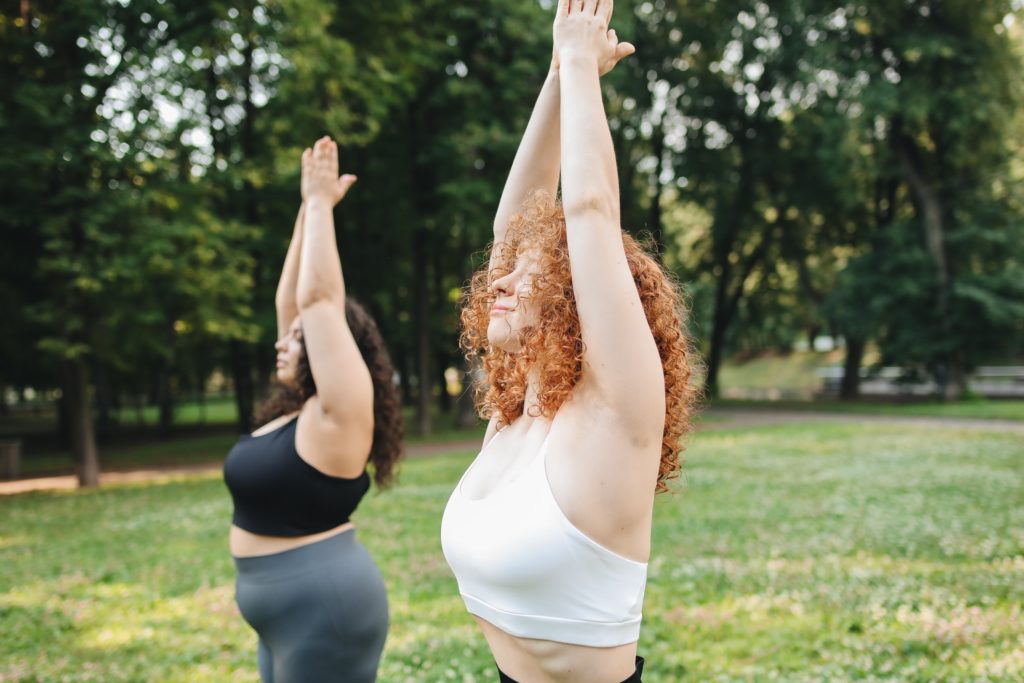Active lifestyles benefit the body and mind, but the body requires proper conditioning to prevent injuries. As a tennis enthusiast, I’m caught up in the excitement surrounding the U.S. Open tennis tournament. It has inspired many people, including myself, to hit the tennis courts harder this weekend and play like the pros–or at least try to–but without proper preparation getting hurt is a real possibility.
You don’t have to be a pro to experience the pain associated with an acute or chronic injury.
An acute injury is a sudden injury that is usually associated with a traumatic event, such as a fall. Chronic injuries develop over a period of time, most likely as the result of repetitive, dynamic motion.
There are certain parts of the body that are more prone to injury than others. Joints are at the top of the list closely followed by muscle strain. When it comes to tennis, knees, shoulders and, of course, “tennis” elbows take the brunt of the action and as such should be given extra care.
In honor of the U.S. Open and tennis enthusiasts everywhere, let’s take a look at the most common tennis injuries and how to prevent them.
Tennis Elbow: Repeated backhand strokes in tennis are blamed for this injury which accounts for 7% of all sports injuries. The pain on the outside of the elbow is from the degeneration of the tendon.
- What to do: The best way to prevent it is to perform forearm-strengthening exercises. Wrist curls, reverse wrist curls and squeezing a soft rubber ball are all found to be effective treatments. Improving your swing technique could help too.
Shoulder Injury: Next time you power up for the big serve or overhead smash, think about your shoulders. While common in tennis, shoulder injuries can also occur in swimming and volleyball – any sport that involves a lot movement overhead. Trouble begins with overuse which loosens the group of tendons and muscles around the shoulder, known as the rotator cuff.
- What to do: Strengthening your muscles through weight training is a good way to avoid this type of injury that generally involves stiffness, weakness and slipping in the shoulder. A standing row or crossover arm stretches are just of the many exercises in a complete conditioning program that you can try.
Runner’s Knee: There’s a fair amount of running on the court and the knees facilitate a lot of the back and forth action. Overuse leads to irritation of the tendon below the kneecap and torn ligaments and cartilage are the most common injuries to the knee.
- What to do: Believe it or not, the right gear – in this case your shoes – is important. Proper shoes and insoles are a must. Strengthening your quadriceps through weight training will also help protect the knee. Don’t forget, rest days are important too! If you injure yourself fight the urge to “power through it” and instead take a few days off. Your knees will thank you for it.
Pulled Muscle: All athletes from the novice to the experienced professional can pull a muscle. It’s likely the result of not warming up properly, lack of flexibility or fatigue. The most commonly pulled muscles are hamstrings, which are the muscles behind your thighs.
- What to do: Stretching. It’s the best way to prevent pulling a muscle. It is important to stretch before and after physical activity to help the muscles warm up and cool down. Anti-inflammatory drugs are helpful, as well as gentle stretches until the injury is better. If you do pull a muscle, apply ice, keep it elevated, and then rest till the soreness goes away.
So go out there and swing the tennis racket like a pro! Just remember to stretch and take it slow in the beginning, and you’ll be acting just like a pro!




